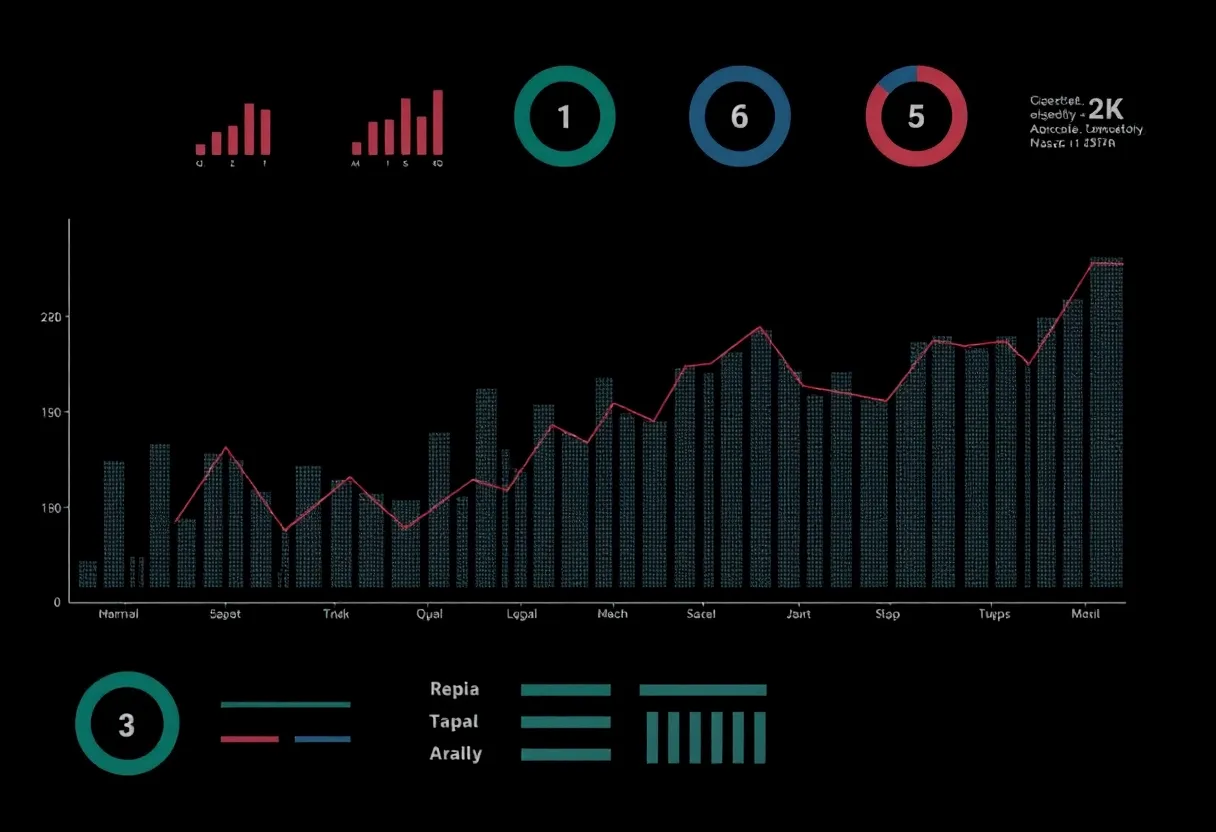How to Analyze Your Competitors’ Digital Marketing Strategies for Innovation
In the digital marketplace, competition is constant and understanding your competitors’ strategies is essential for innovation. Analyzing competitor strategies can unveil opportunities for differentiation and improvement in your own marketing approach. Below is a structured guide to effectively analyze your competitors’ digital marketing strategies.
Understanding Competitor Analysis
Competitor analysis involves examining the strategies that rivals employ in their marketing efforts. It allows businesses to identify trends, gaps, and best practices within their industry. The goal is to understand what makes them successful, and how these strategies can inspire your own innovation.
Why Analyze Competitors?
- Identify Opportunities: Discover gaps that your competitors may overlook.
- Improve Strategy: Learn from their successes and failures.
- Benchmarking: Set performance benchmarks based on competitors’ achievements.
- Stay Ahead: Forecast trends by understanding industry shifts.
Steps to Analyze Competitors’ Digital Marketing Strategies
1. Identify Your Competitors
Start by defining who your direct and indirect competitors are. Use tools like Google Search, social media platforms, and industry directories to identify key players in your field. Categorize them into:
- Direct Competitors: Those selling similar products or services.
- Indirect Competitors: Those offering alternative solutions to the same customer needs.
2. Utilize Digital Tools for Data Gathering
Leverage various online tools to gather data about your competitors. Some popular tools include:
- SEMrush: Offers insights into competitors’ keyword strategies, organic and paid search traffic.
- Ahrefs: Useful for analyzing backlinks and domain authority.
- BuzzSumo: Identifies popular content and social media engagement metrics.
- Google Trends: Observes trending search topics related to your industry.
3. Analyze Website and Content Strategies
Look at the structure, design, and content of competitor websites. Key aspects to investigate include:
- User Experience (UX): Evaluate the ease of navigation and overall usability.
- Content Quality: Assess the depth, relevance, and engagement of their content.
- SEO Strategies: Check their use of keywords, meta tags, and alt text for images.
4. Evaluate Social Media Presence
Social media platforms are invaluable for competitor analysis. Examine their presence on major platforms, such as:
- Facebook: Analyze post engagement, audience growth, and ad strategies.
- Instagram: Look into the visual content approach, hashtags used, and follower interactions.
- LinkedIn: Observe professional content sharing, audience demographics, and industry connections.
5. Review Paid Advertising Strategies
Paid ads provide insights into marketing priorities and strategies. Consider the following:
- Ad Platforms: Identify which platforms they are using, such as Google Ads or social media.
- Ad Copy: Analyze messaging, offers, and calls-to-action.
- Targeting: Research the potential audience segments they focus on.
6. Investigate Customer Engagement and Reputation
Understanding how competitors engage with their customers provides key insights. Review:
- Reviews and Testimonials: Check customer feedback on platforms like Google and Yelp.
- Response Rates: Observe how quickly they respond to customer inquiries on social media.
- Brand Loyalty Programs: Identify any initiatives that encourage repeat business.
7. Synthesize Findings into Actionable Insights
After gathering data, synthesize your findings into actionable insights. Consider creating a competitor analysis report that includes:
- SWOT Analysis: Assess strengths, weaknesses, opportunities, and threats for each competitor.
- Key Takeaways: Summarize findings that can inform your strategies.
- Innovation Opportunities: Identify areas where your business can innovate based on gaps in the market.
Leveraging Insights for Innovation
Once you have a thorough understanding of your competitors’ strategies, the next step is to leverage these insights. Consider the following strategies for innovation:
1. Differentiate Your Offerings
Use the data collected to identify what your competitors lack. Focus on unique selling propositions (USPs) that set your products or services apart. Consider:
- Enhanced features or product variants.
- Exceptional customer service offerings.
- Creative packaging or branding elements.
2. Develop a Unique Content Strategy
Content marketing is vital for establishing thought leadership and engaging your audience. Based on competitors’ content strategies, you might:
- Create more in-depth and researched articles or assets.
- Leverage video content or podcasts for storytelling.
- Implement user-generated content to foster community.
3. Innovate with Technology
Emerging technologies can enhance customer experience. Explore possible technological innovations such as:
- Augmented reality (AR) or virtual reality (VR) in product demonstrations.
- AI-driven chatbots for customer service.
- Personalization technologies for tailored customer experiences.
4. Engage Communities and Build Relationships
Focus on building a strong community around your brand. Strategies might include:
- Hosting webinars or live events.
- Creating loyalty programs focused on customer engagement.
- Utilizing social media for community discussions and feedback.
5. Regularly Monitor and Adjust Your Strategy
The digital landscape is constantly evolving. Regularly monitor your competitors’ strategies to stay adaptive. Establish tools for continuous analysis, enabling you to modify your approach in real-time.
Conclusion
Analyzing competitors’ digital marketing strategies is a valuable process for innovation. By understanding their strengths and weaknesses, businesses can uncover opportunities for differentiation and growth. The key is to synthesize insights into actionable strategies, ultimately fostering a robust digital presence. Stay informed, be innovative, and continuously adapt to enhance your marketing efforts.








